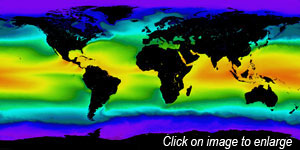
| Heat & Temperature | ||
| [ Images | PDF ] | ||
| Energy can take many forms (e.g., thermal, electrical, radiant, motion, etc.) and changes from one form to another. Thermal energy -- popularly known as "heat" -- is the total energy of molecular motion (kinetic + potential) in a substance. Temperature, on the other hand, is a measure of the average kinetic energy of the molecules. Thus the common perception, that heat and temperature are the same and can be used interchangeably, is not correct. |
|
|
What can heat & temperature tell us about the ocean?
|
||
Because of its spherical shape, Earth gains solar heat at low latitudes and loses heat at higher latitudes. Atmospheric and oceanic circulation transport heat from low to high latitudes, helping to balance these heat gains and losses on a global scale. The oceans cover about 70% of Earth’s surface, thus they play a significant role in Earth’s heat budget. Moreover, water has a high heat capacity, meaning that it can store large amounts of heat energy without causing a large change in temperature. As the map of average sea surface temperature shows, there is a general correlation between temperature and latitude: warmer ocean temperatures occur in the tropics and cooler temperatures near the poles. Deviations from this general latitudinal pattern are noticeable where major ocean currents flow: for example, the Gulf Stream off the U.S. East Coast. (Map is based NASA satellite data.)
How might this workshop benefit my students?
The following activities allow students to explore various concepts related to heat such as latent heat, mechanisms of heat transport, thermal expansion (and concerns about sea level rise), and the consequences of heating as related to stratification and mixing in the ocean. Full details and explanations of stations are available by clicking here (2.7 MB PDF file).
 |
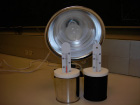 |
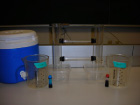 |
|
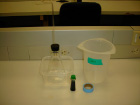 |
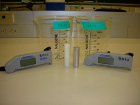 |
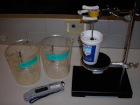 |
|
 |
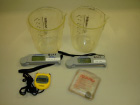 |
 |
|
Click on any image to see a larger version |
|||

